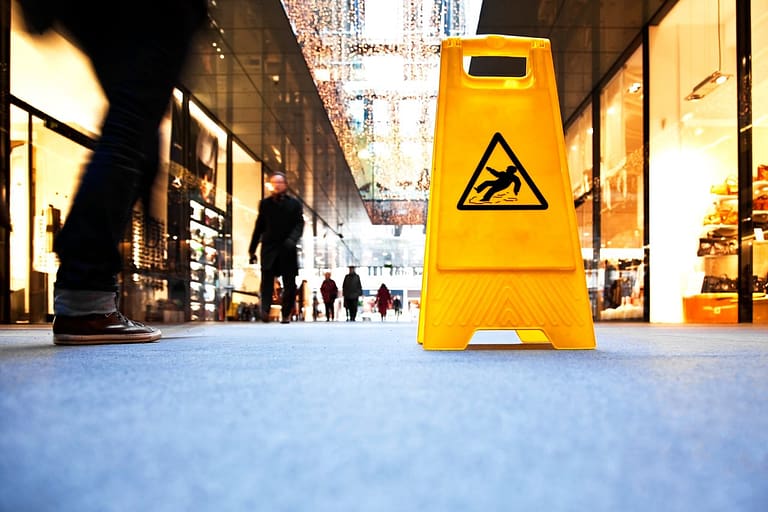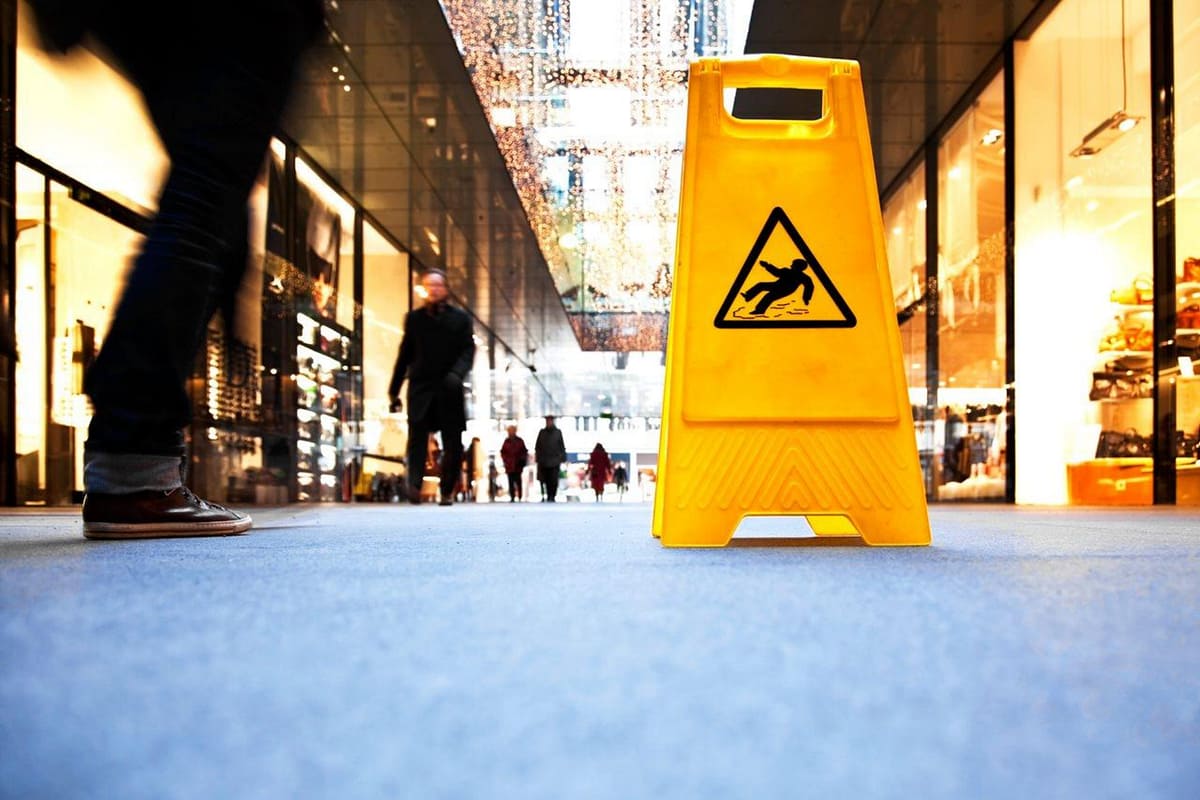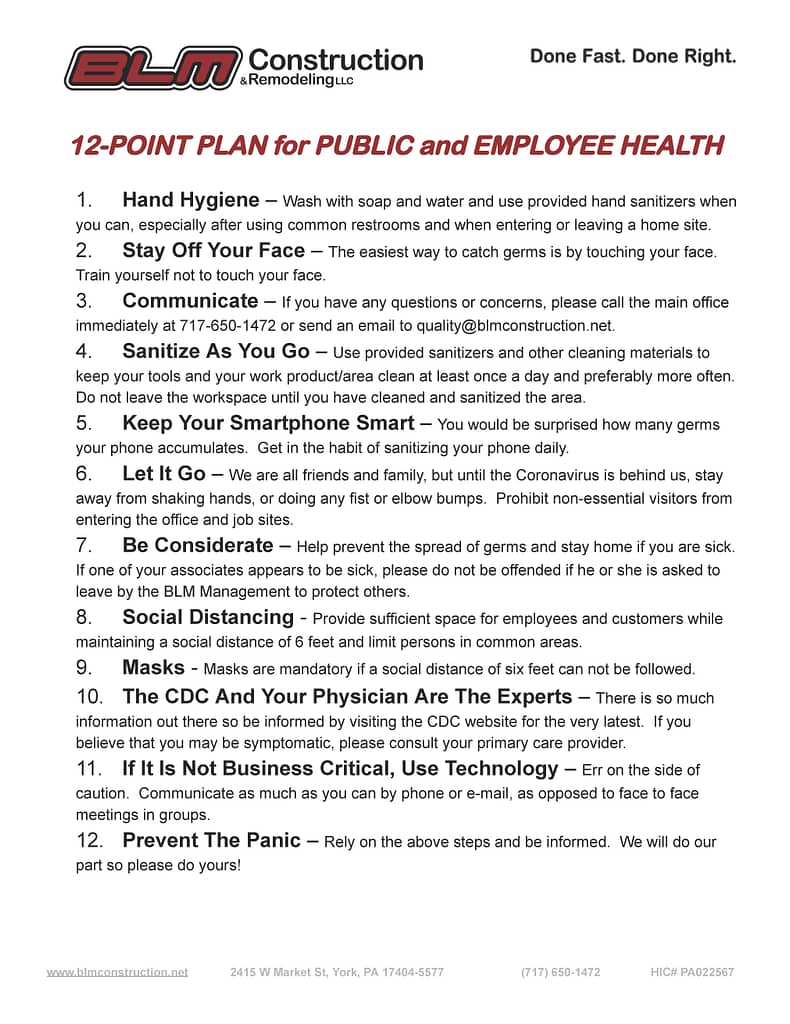Toolbox Talk - Fall Prevention
May 12, 2020

Preventing Trip Hazards in the Workplace
If you really think about it, the mere act of walking is actually a very complex task. You have to raise one foot and move it forward just the right distance, then place it back down and retain your balance as you, almost simultaneously, repeat the process with the other foot. Yet for most able-bodied people, walking from one place to another happens with very little, if any, conscious effort, almost like you are on auto-pilot. But when something unexpectedly impedes the forward movement of one of your feet, it can cause you to trip and fall.
So, here are a few things we can do as individuals to eliminate, or at least minimize, trip hazards at work and home.
- Do not place extension cords, hoses, or similar items across designated walking paths. Or, if doing so on a temporary basis is absolutely unavoidable for some reason, be certain to make the hazard highly visible by placing safety cones or other effective warning devices to alert others of its presence until it can be removed.
- Same thing goes for setting bags, boxes, tools, or other items in designated walking areas, even temporarily. Instead, place such items on counters or appropriate storage areas.
- Be on the lookout for any damaged flooring surfaces, such as broken or missing tiles, broken concrete, or edges of carpet that have come loose from the floor. If you do see such a hazard, take immediate steps to alert others, and then report it to your supervisor or safety representative so it can be repaired.
- Always pre-survey areas where you will be walking while carrying any large object, such as a box, that could block your view, so you can relocate any tripping hazards beforehand.
- Always keep a firm grip with one hand on a handrail when ascending stairs. That will give you something to hold on to should you catch the toe of your shoe or boot on the edge of a step. Of course, you should hold the handrail when descending stairs, too.
- Avoid walking in areas where there is little or no light. It is too easy to trip on or over something if you cannot see it in the dark. Take the time to make sure the overhead lights are turned on, if available, and if not, use a flashlight or other portable light source to help you see. Report burned out lightbulbs, too.
- Last but not least, avoid walking backwards. It is very easy to trip backwards over something on the floor that you cannot see. And it’s harder to recover your balance if you do happen to trip.
Diligence in identifying and avoiding trip hazards is the key to avoiding falls.
![BLM Stripes Brand [Recovered]](https://mlijpfrvxa9g.i.optimole.com/w:1920/h:241/q:mauto/ig:avif/f:best/https://blmconstruction.net/wp-content/uploads/2021/06/BLM-Stripes-Brand-Recovered.png)



